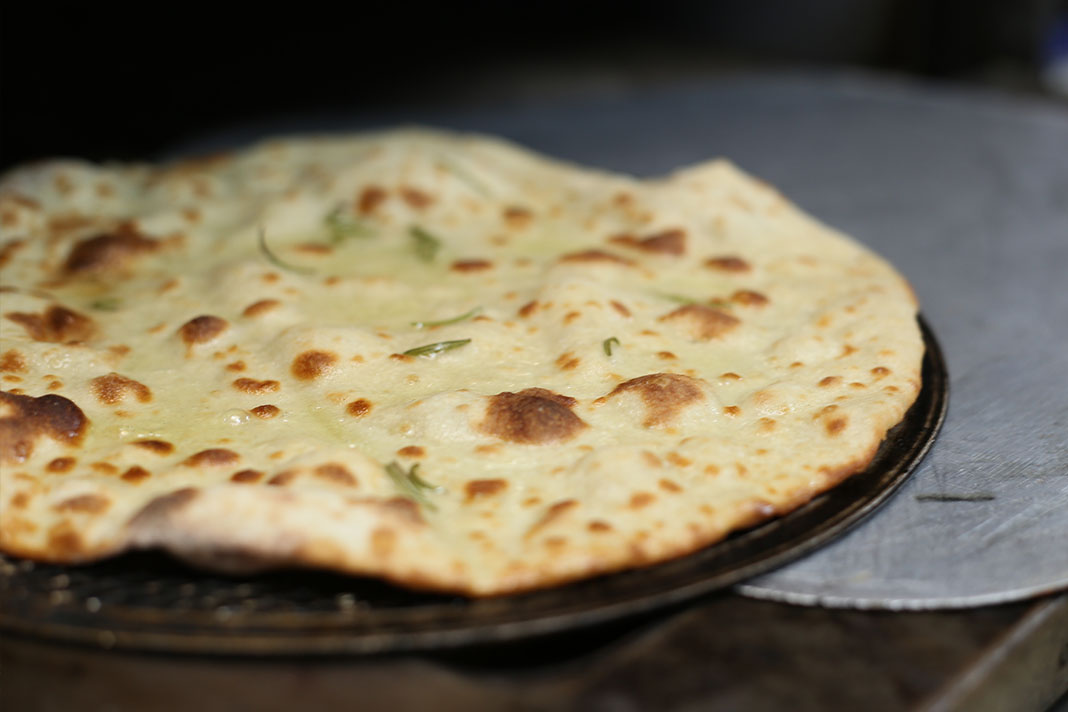Understanding Different Indian Flatbreads
In Indian cuisine, there are a variety of different flatbreads that are used to accompany Indian meals. These flatbreads may look very similar, however, there are nuances in each.
Roti
Roti literally translates into bread. It is an unleavened bread that is made from wheat flour and water. Traditionally, rotis are cooked in an extremely hot tawa. A roti is cooked completely dry with no oil or ghee. The roti puffs up when it hits the heat creates pockets of air.
Chapati
For some parts of India, a roti is the exact same as a chapati. However, in the southern part of the country, a chapatti is cooked with a little bit of oil – just enough to lightly fry it. It is also made from an unleavened wheat dough, just like a roti.
Paratha
The paratha, although another unleavened bread, has a very different texture to chapatis, and rotis. A paratha dough is shaped by a process of folding and rolling. This creates lots of layers. Chapatis and rotis are commonly eaten only as side dishes, however, occasionally a paratha can be the main dish. A paratha can be stuffed with many different ingredients such as potatoes, peas, eggs or even chicken!
Naan
Naan is probably the most common type of Indian bread in England. Naan is drastically different to the other Indian breads we have discussed as naan is a leavened bread. Naan is typically cooked inside a tandoor which is a traditional Indian clay oven. As naan is leavened, the bread can puff up with large air pockets therefore is naturally chewier. Naans are becoming more and more experimental with their flavours with traditional types including garlic and coriander, peshwari (a sweet filling with coconut), and keema naan (stuffed with spiced minced meat).
Including these flatbreads in your Indian meal can be great to provide new flavours and textures to your typical dish.


